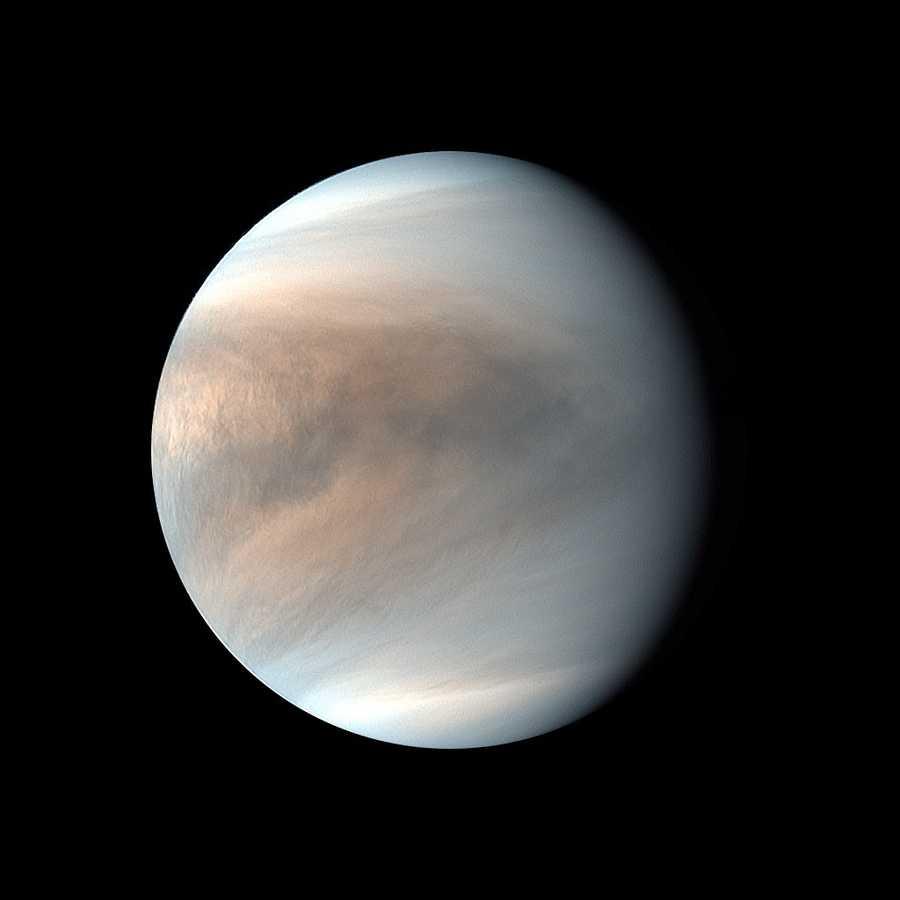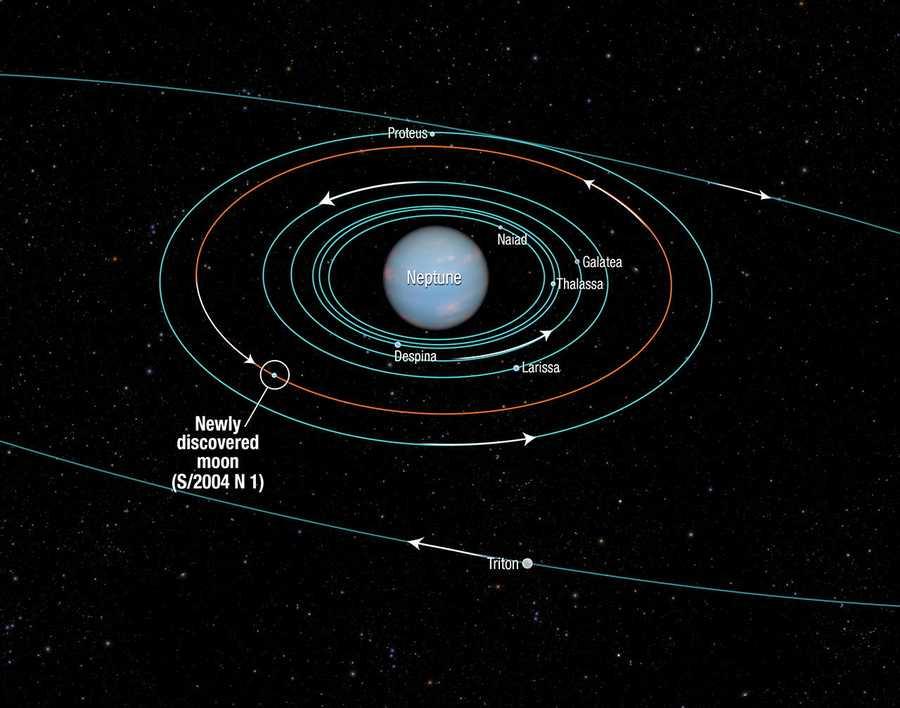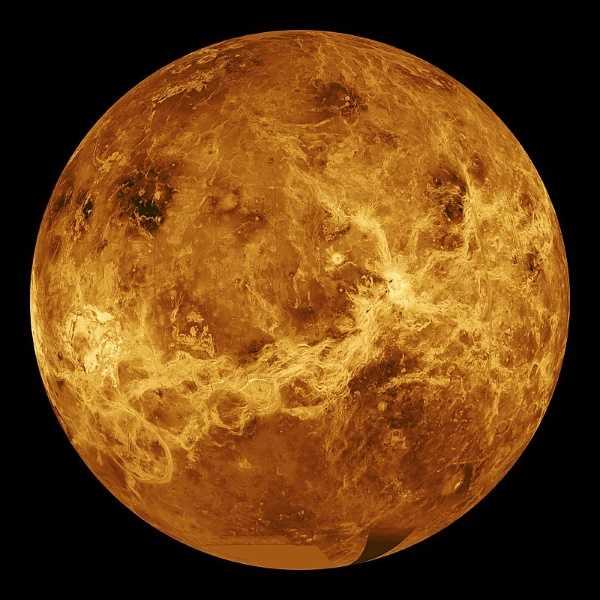Atmosphere
Venus atmosphere consists mainly of carbon dioxide, with clouds of sulfuric acid droplets
The thick atmosphere traps the Sun's heat, resulting in surface temperatures higher than 880 degrees Fahrenheit (470 degrees Celsius). The atmosphere has many layers with different temperatures. At the level where the clouds are, about 30 miles up from the surface (48.2 kilometers), it's about the same temperature as on the surface of the Earth.
As Venus moves forward in its solar orbit while slowly rotating backwards on its axis, the top level of clouds zips around the planet every four Earth days, driven by hurricane-force winds traveling at about 224 miles (360 kilometers) per hour. Atmospheric lightning bursts light up these quick-moving clouds. Speeds within the clouds decrease with cloud height, and at the surface are estimated to be just a few miles per hour.
On the ground, it would look like a very hazy, overcast day on Earth. And the atmosphere is so heavy it would feel like you were 1 mile (1.6 kilometers) deep underwater.
14
14 reads
CURATED FROM
IDEAS CURATED BY
I'm passionate about helping people live their best lives. I'm a lifestyle coach & burnout coach.
The idea is part of this collection:
Learn more about leadershipandmanagement with this collection
Basic survival skills
How to prioritize needs in survival situations
How to adapt to extreme situations
Related collections
Similar ideas to Atmosphere
Moons
Neptune has 14 known moons, neptune's largest moon Triton was discovered on October 10, 1846, by William Lassell, just 17 days after Johann Gottfried Galle discovered the planet.
Since Neptune was named for the Roman god of the sea, its moons are named for various lesser sea gods and nymphs...
5 Need-to-Know Facts about MERCURY.
On mercury Daytime Temperatures can reach 430 degrees Celsius and drop to -180 degrees Celsius at night.
One day-night cycle on Mercury takes 175.97 Earth days and a year of Mercury is just 88 Earth days.
Standing on Mercury's surface at its closest approach to the Sun, our star woul...
Venus
Venus is the second planet from the Sun and our closest planetary neighbor.
Similar in structure and size to Earth, Venus spins slowly in the opposite direction from most planets.
Its thick atmosphere traps heat in a runaway greenhouse effect, making it the hottest planet in our sol...
Read & Learn
20x Faster
without
deepstash
with
deepstash
with
deepstash
Personalized microlearning
—
100+ Learning Journeys
—
Access to 200,000+ ideas
—
Access to the mobile app
—
Unlimited idea saving
—
—
Unlimited history
—
—
Unlimited listening to ideas
—
—
Downloading & offline access
—
—
Supercharge your mind with one idea per day
Enter your email and spend 1 minute every day to learn something new.
I agree to receive email updates


